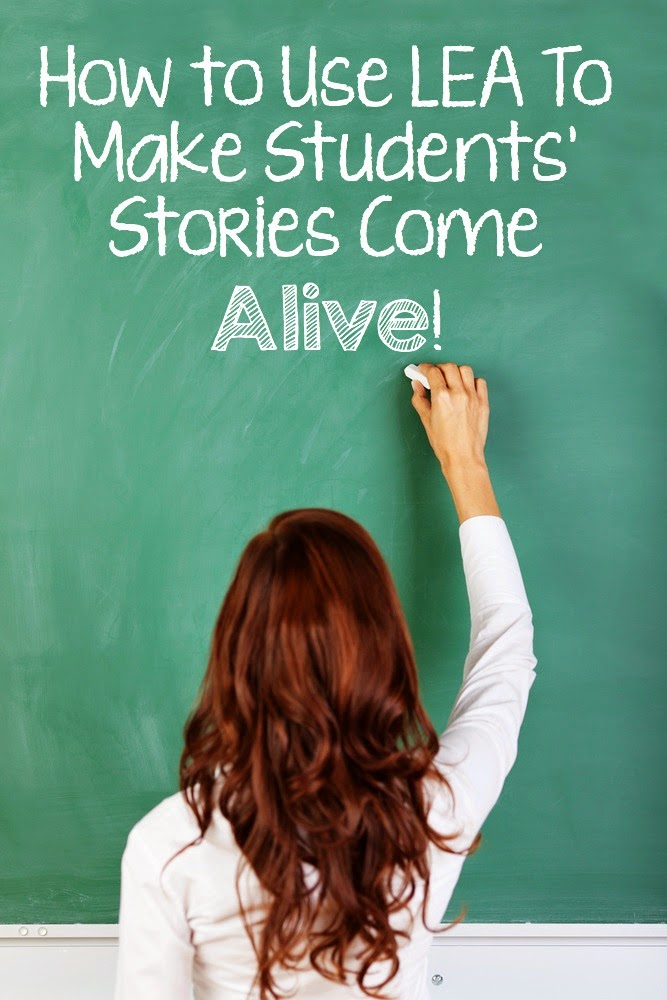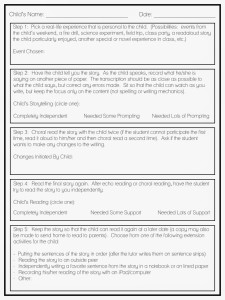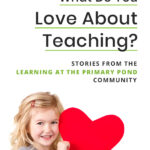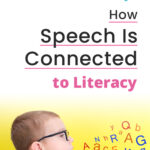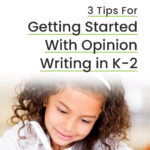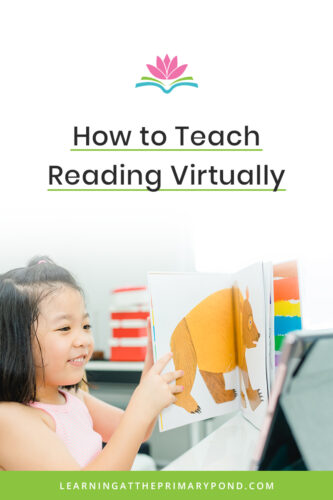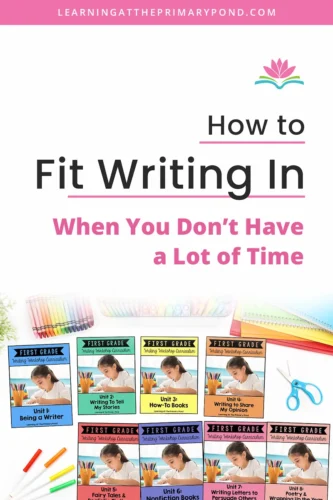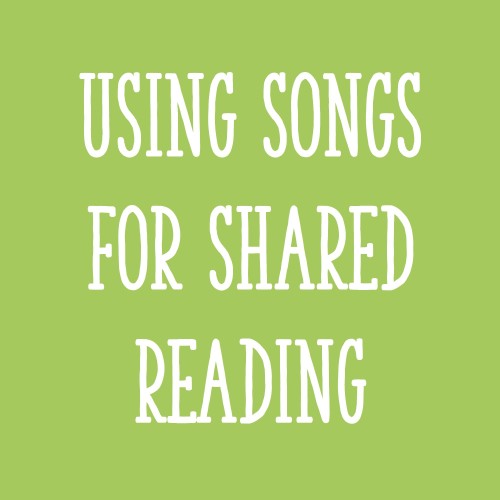Happy Valentine’s Day, sweet readers!! I know some people don’t like this holiday very much, but I enjoy it. Not in a sappy, huge-amounts-of-balloons kind of way, but in a way that I think it’s a great excuse to celebrate all kinds of love. My husband has a surprise dinner date planned for us tonight in downtown Chicago. 🙂
Anyway, back to my week. It was busy for sure…I kind of thought that things were going to settle down a bit now that our round of winter assessments is finished, but how silly was I to expect calm and normalcy in a school week?! This week I sat in on a handful of problem-solving meetings for students who are having difficulty. Even though I don’t directly see those students in intervention (none of them are Kindergarteners), as the reading specialist I still participate in the meetings to share what I do know about the kiddos and help come up with possible interventions.
Usually the interventions that are chosen in those meetings are pretty ordinary, run-of-the-mill things (fluency practice, like with my Spanish escaleras de fluidez for example, or using RAZ Kids 15 minutes a day on the computer). However, for one 2nd grader (who I used to work with – he’s reading at a Level D), a more unique intervention was developed. He’s going to be doing the Language Experience Approach (LEA) with a paraprofessional a few times a week. I was tasked with training the para in LEA and coming up with a lesson planning template, so I thought I’d share a few tidbits about LEA with you!
What is LEA?
LEA is an oral language and literacy instructional strategy. It’s designed to help get students talking about experiences that are personal, familiar, and meaningful to them. It’s also intended to help children see how their spoken words can be turned into written words, and how those written words can be read (“What I can think, I can say. What I can say, I can write. What I can write, I can read.”)
How do you do LEA?
LEA can be done whole-group (this is how I’ve done it most often, with my Kindergarten classes in past years), small-group, or one-on-one. You start by choosing (or having the children choose) a real-life event that all of the participating students have experienced. I used to do this with fire drills, field trips, class visitors, science experiments, class parties, etc.
Have the child or children tell you the story of what happened. As one student speaks (the kids can take turns if you’re doing this with a group), record what he/she says. If you’re doing this whole group, record it on chart paper using large printing. If you’re doing this with a small group or single student, you can use smaller paper. You should transcribe verbatim what the children say, but correct any errors. When you write, don’t talk to the kids about spelling, spacing, or anything like that. You want the focus to be on the content, not on writing mechanics.
After you’ve written down the story, choral read the story with the children, or read it aloud to them if they’re not able to participate the first time. Read it another time with the students. Then, have the students suggest any changes to make to the writing. Make those changes, and then read the final story again.
The final story should be kept and reread again later. You can extend the activity in sooo many ways, too! You can type up the story and send it home for the students to read to their families. You can cut up the story into strips and have the kids put them in order. Have students make a class book from the story. Record students reading the story with an iPad or computer. The possibilities are endless!
Why do LEA?
The main reason to do LEA (in my opinion) is because it develops oral language and literacy skills in a way that is personal to students. The stories you create using LEA are so meaningful to kids because they are THEIR stories!
LEA is also a great strategy to use with English Language Learners and struggling readers. These students may get drilled on phonics and basic skills, but LEA brings the focus back to meaningful reading and writing.
If you are interested in doing LEA one-on-one with a child (or have an aide/parent who can do it), here’s a planning/recording template you can use. Even if you’re not able to do it with just a single child, you can still use the sheet to guide you when doing the activity with a small group or whole group.


